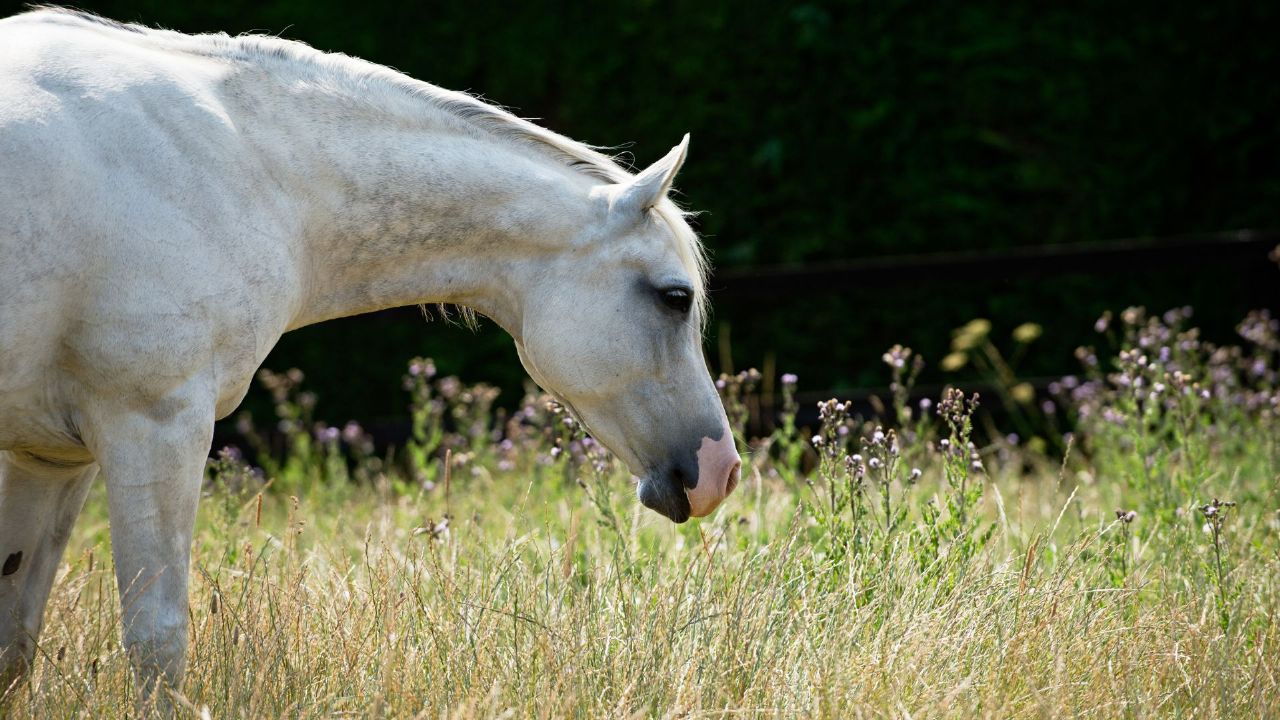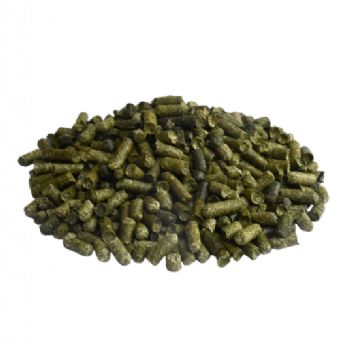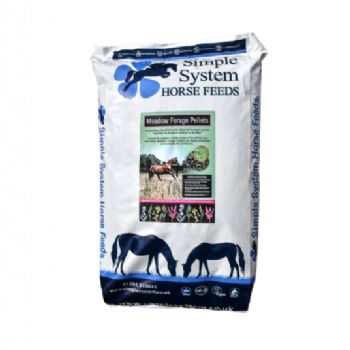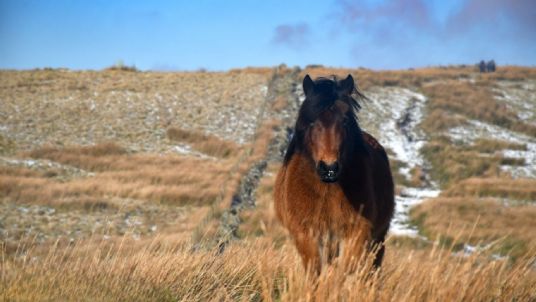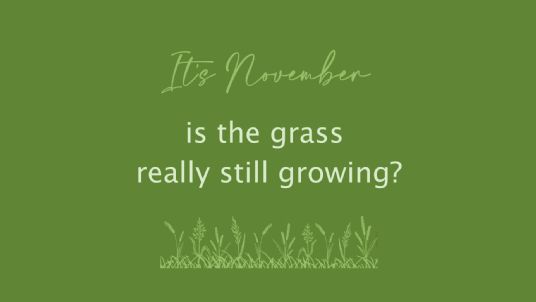Nutritional wisdom could be summed up as knowing what you need to eat, and eating it. This might be the basic needs of nutrition in terms of calories, protein and so on, or it could be knowing what is needed to support good health.
We as humans can lose any level of nutritional wisdom when faced with flavoursome foods high in salt, fat and sugar – it’s all just too tempting and we eat more than we need, and the nation has a problem with obesity. Horses can similarly be tempted with feeds high in sugar and starch. They taste good, don’t need much chewing and before you know it, too much has gone in, and the horse is chubby.
This can apply to grazing as well as offered feed. Not many horses have access to mixed grazing that has been left to grow and even go to seed. Most horses spend much of their grazing time on short, stressed grass with low levels of fibre, vitamins and minerals but possibly high levels of sugar.
When it comes to selection of specific plants, the question may be, why has my horse gone wild for cow parsley, for instance. The owner is worried the horse may be self-medicating for some unknown (and possibly dire) disease. This could be nutritional wisdom – selecting what is needed – but we should never forget that horses, like us, have fads and may just be eating something unusual because it tastes good!
Certainly, the more access horses have to more species of plants the better it is for their gut microbes. These important micro-organisms thrive on variety. The healthier the gut bugs, the healthier and more resilient the horse.
Look up any plant, and you may well find it has at some time in history been accredited with particular health benefits. If a horse eats dandelions, it does not necessarily mean they have kidney disease, just because dandelions are diuretic. They taste nice, too!
Horses cannot demonstrate nutritional wisdom if they do not have access to suitable plants. The feed we put in their haynets or feed bowls has to be suitably nutritious but does not offer the horse choice – we give it and they eat it. However, we can give our horses a few minutes grazing along the verge of the drive or on a pit stop during a hack. Encouraging variety in the grazing and access to hedgerows in their fields is a good start. Instead of mixing different feed ingredients together, consider offering each in a different bowl so the horse can at least choose what to eat and when.
Nutritional wisdom? You decide!
